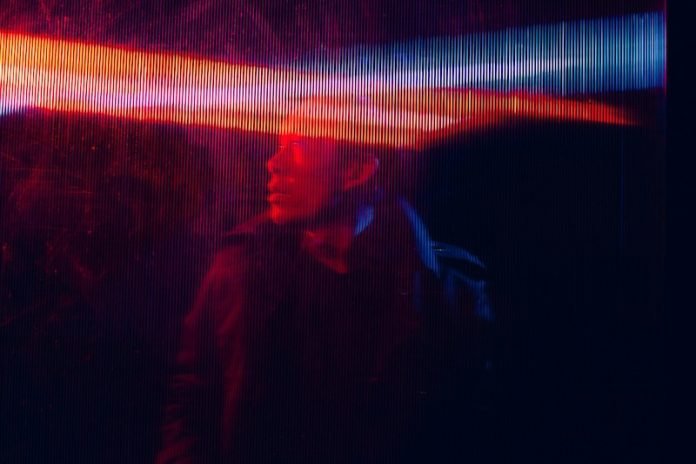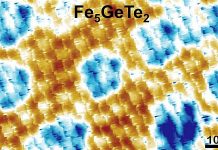
Ultra-intense, ultra-short lasers are like the superheroes of the science world, wielding the power to unlock mysteries in physics, improve national security, revolutionize industry processes, and advance healthcare treatments.
These lasers, capable of emitting bursts of light with unimaginable power for just a fraction of a second, are changing how scientists explore and manipulate the fundamental building blocks of nature.
The strength of these lasers is typically measured by their peak power, with some of the most powerful ones being the Nova laser in California at 1.5 petawatts, the Shanghai Super-intense Ultrafast Laser Facility (SULF) in China at 10 petawatts, and the Extreme Light Infrastructure—Nuclear Physics (ELI-NP) in Romania, also at 10 petawatts.
To put this in perspective, a petawatt is one quadrillion watts, or a 1 followed by 15 zeros. This level of power is difficult to comprehend, considering the average light bulb in your home is about 60 watts.
However, in the realm of scientific experiments, raw power isn’t the only thing that matters. The true magic happens when this immense power is focused onto a very small spot on the experimental target.
This is where the concept of focused intensity comes into play, which essentially measures how much of this power can be concentrated onto a specific point.
This capability determines what scientists can achieve in their experiments, whether it’s breaking down the mysteries of atomic particles or creating new forms of radiation.
Traditionally, to focus these beams, scientists have used off-axis parabolic mirrors. However, the size of the laser beam and the nature of these mirrors limit how small the focal spot can be, which in turn limits the intensity of the laser when it hits the target.
A recent breakthrough in this field involves using a hyperbolic mirror as a secondary focusing tool. This innovative approach can significantly reduce the focal spot size of the laser—down to the size of a single wavelength of light.
This is the equivalent of taking a beam of light that might be hundreds of meters wide and concentrating it down to a spot smaller than a human hair.
Zhaoyang Li and his team from the Shanghai Institute of Optics and Fine Mechanics have developed this technique, which promises to enhance the capabilities of ultra-intense, ultra-short lasers dramatically.
By reducing the focal spot to the smallest size physically possible, scientists can achieve unparalleled levels of intensity.
This advancement is not just about making these lasers more powerful. It’s about enhancing their precision and the range of experiments they can conduct.
With the ability to focus all the laser’s energy into a tiny, three-dimensional “focal cube,” researchers can delve deeper into the realm of strong-field laser physics.
This includes exploring phenomena like vacuum quantum electrodynamics, which studies the interactions between light and empty space—a concept that could have profound implications for our understanding of the universe.
In essence, this leap forward in laser technology opens up new frontiers in scientific research, allowing scientists to explore and manipulate the physical world in ways that were previously unimaginable.
The research findings can be found in Advanced Photonics Nexus.
Copyright © 2024 Knowridge Science Report. All rights reserved.



